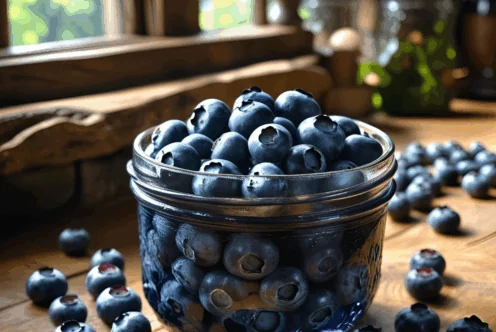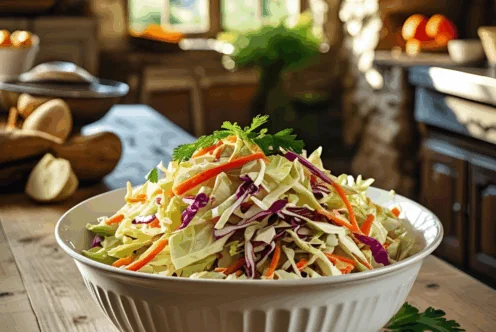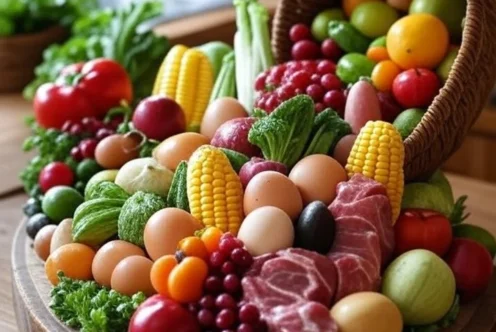Blog
Prickly Pear Cactus are Hydrating and Nutritious
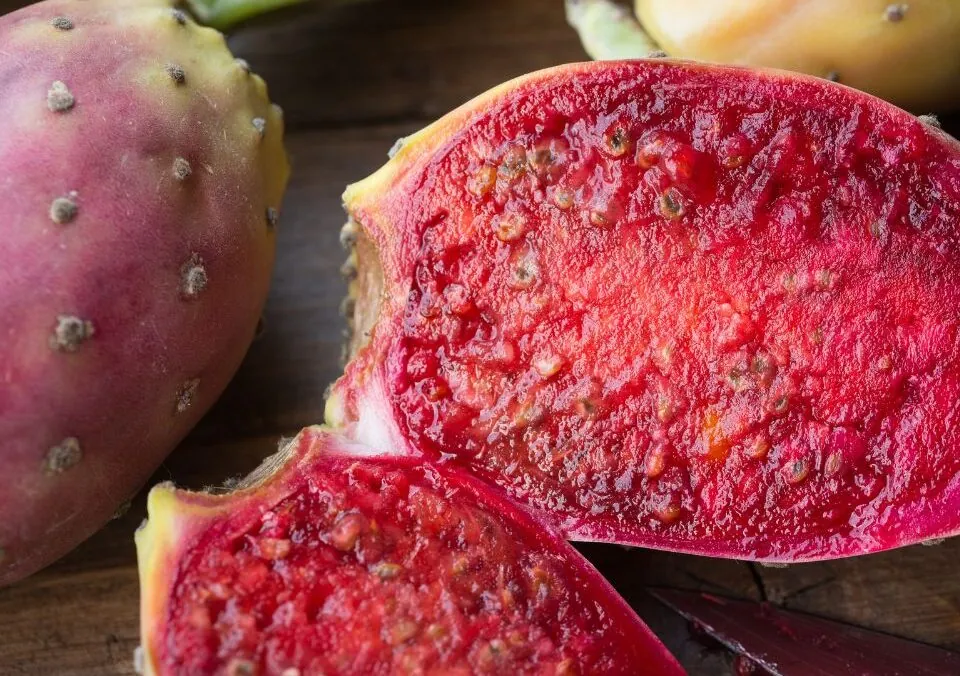
One of my all-time favorite plants is the cactus, a resilient survivor in the harshest of environments. Living in Arizona, I am surrounded by a variety of cacti that showcase unique shapes, sizes, and vibrant colors. Among the fascinating range of cacti, the prickly pear stands out not only for its striking appearance but also for its impressive nutritional benefits.
The Beauty and Diversity of Cacti
Cacti have evolved to thrive in arid conditions, which is evident in their thick, fleshy pads and unique adaptations. The prickly pear cactus, with its broad, flat pads and brightly colored fruits known as “tunas,” is particularly captivating. These plants have developed a variety of ways to conserve water, making them an essential part of the desert ecosystem. From the iconic Saguaro that towers majestically to the low-growing prickly pear, these plants contribute significantly to the biodiversity of their surroundings.
In addition to their ecological importance, cacti are an essential part of the region’s culture and cuisine. Indigenous peoples have used various cacti for food, medicine, and craft for centuries, showcasing their multifaceted value.
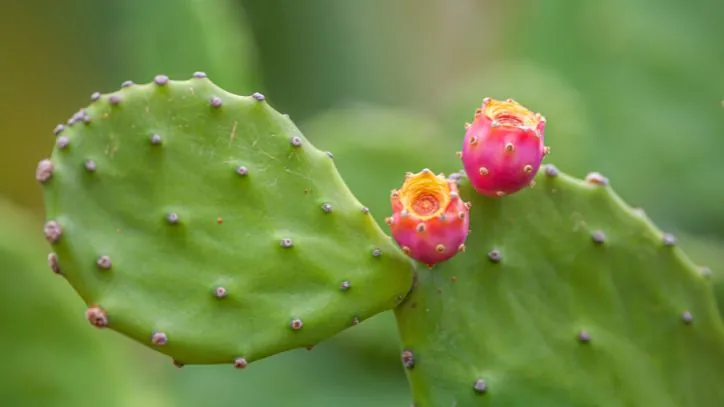
Nutrition: The Edible Parts of the Prickly Pear
Nutritional Profile of Prickly Pear Fruit
The prickly pear fruit is not just a colorful delight; it is packed with essential nutrients. Once the spiny exterior is carefully removed, the inner flesh reveals its soft, juicy insides that have a flavor reminiscent of watermelon, making it an excellent ingredient for many culinary delights. According to a study conducted by the University of Arizona, prickly pear fruit is rich in vitamin C, fiber, and a variety of essential minerals. These fruits are also low in sodium and fat, making them a heart-healthy choice with zero cholesterol.
The vitamin C content in prickly pear fruit is especially significant. Vitamin C is crucial for a healthy immune system, skin health, and antioxidant protection. The fiber present in the fruit aids digestive health, promoting regular bowel movements and contributing to a feeling of fullness—beneficial for weight management.
Culinary Uses of Prickly Pear Fruits
The culinary applications of prickly pear fruits abound. The vibrant colors of the fruit make it a popular choice for jams and jellies. Simply cooked down with sugar and pectin, it’s transformed into a delightful spread for toast or an intricate layer in pastries. They can also be transformed into refreshing beverages, such as prickly pear juice or even delicious cocktails.
Moreover, prickly pear fruit can be enjoyed raw. After removing the skin, it can be sliced and tossed into salads, contributing a sweet and slightly tart flavor that contrasts beautifully with other ingredients. The fruit can also be pureed and used in desserts, offering a hint of natural sweetness while also providing nutritional benefits.
The Hydrating Nature of Prickly Pear Pads
Alongside the beloved fruits, the pads of the prickly pear cactus, also known as Nopales, hold a treasure trove of hydration and nutrition. According to Hope Wilson, a dietician from the University of Arizona Cooperative Extension, these pads are highly nutritious and hydrating. They have a unique flavor that some describe as a cross between green beans and okra, adding a distinctive taste to various dishes.
The pads can be harvested, typically in the spring when they’re tender. It’s vital to ensure that the spines are adequately removed before cooking. Once prepped, they can be grilled whole, sautéed, or even added to soups. One of my family’s favorite recipes is a traditional Mexican dish known as Nopales, which features diced prickly pear pads cooked with tomatoes, onions, garlic, and chiles. The result is a flavorful, nutrient-packed dish that can be served in corn tortillas for a delicious and healthful meal.
Health Benefits of Prickly Pear Cactus
Rich in Antioxidants
Prickly pear cactus is known for its high antioxidant content, particularly betalains and flavonoids. Antioxidants play a crucial role in fighting free radicals in our bodies, helping to reduce oxidative stress and potentially lowering the risk of chronic diseases. Including antioxidant-rich foods like prickly pear in your diet can support overall health and contribute to longevity.
Anti-Inflammatory Properties
Several studies suggest that prickly pear cactus possesses anti-inflammatory properties, which may aid in reducing inflammation in the body. This can be beneficial for conditions such as arthritis and other inflammatory diseases. Adding this powerhouse plant to your diet could help promote overall wellness.
Blood Sugar Regulation
Emerging research shows that eating prickly pear cactus can aid in regulating blood sugar levels, making it a valuable addition to the diet for those managing diabetes. The high fiber content helps slow the processing of glucose and may improve insulin sensitivity. According to a study published in the Journal of Ethnopharmacology, regular consumption of prickly pear has shown promising results in managing blood sugar levels.
Weight Management
Incorporating nutrient-dense foods like prickly pear cactus into your diet can support weight loss efforts. The fiber-rich nature of both the fruit and pads promotes satiety, helping individuals feel fuller for longer and potentially reducing overall calorie intake. Furthermore, low in calories yet high in nutrition, prickly pear is an ideal snack choice for those looking to maintain a healthy weight.
How to Prepare and Enjoy Prickly Pear
Harvesting Prickly Pears Safely
When foraging for prickly pear fruits and pads, safety is paramount. Make sure to wear thick gloves to avoid the tiny, hair-like spines, known as glochids, that can easily embed themselves in your skin. It’s advisable to use tongs to remove the fruits from their pads or use a knife to carefully cut them off.
Once harvested, the spines and skin need to be meticulously removed. For the fruits, you can make a small incision at the top and peel downwards, much like peeling a kiwi. For Nopales pads, the spines can be scraped off with a knife or peeler.
Preparing Prickly Pear Fruits
After removing the skin, there are numerous ways to prepare prickly pear fruit. Here are a few suggestions:
- Jams and Jellies: Boil the skinless fruit with sugar and lemon juice until it reaches a gel-like consistency. Pour into sterilized jars for delicious homemade preserves.
- Smoothies: Blend the fruit with yogurt, ice, and a splash of coconut milk for a refreshing breakfast drink.
- Salads: Dice the fruit and mix into salads for a burst of sweetness; it pairs well with feta cheese and mint.
- Syrups: Cook down prickly pear juice with sugar to create a lavish topping for pancakes or desserts.
Cooking with Nopales Pads
Nopales can be prepared in various ways once the spines are removed. Here are some ideas:
- Grilled: Brush the pads with olive oil, season with salt, and grill until slightly charred, perfect as a side dish.
- Sautéed: Slice the pads and sauté with olive oil, garlic, and onions, then mix in scrambled eggs for a nutritious breakfast.
- Soups: Add diced Nopales to soups or stews, as they hold up well in cooking and absorb flavors beautifully.
- Tacos: Fill corn tortillas with sautéed Nopales, black beans, and cheese for a satisfying vegetarian taco.
Conclusion: The Prickly Pear in the Modern Diet
As we explore more natural sources of nutrition, the prickly pear cactus emerges as a sustainable and wholesome option. Its unique flavor, combined with its impressive health benefits, makes it a perfect addition to various meals. Whether you enjoy the refreshing sweetness of the fruit or the earthy flavors of the pads, incorporating prickly pear into your diet allows you to indulge in something both delicious and nutritious.
For those looking to delve deeper into the world of prickly pear, many resources and articles, such as this one from Fill Your Plate, offer fascinating insights into how to prepare and enjoy this remarkable plant. Embrace the surprising nutritional potential of the prickly pear cactus, and perhaps it will become one of your favorites, too!
By Heide Kennedy, Arizona Farm Bureau Communications Intern














